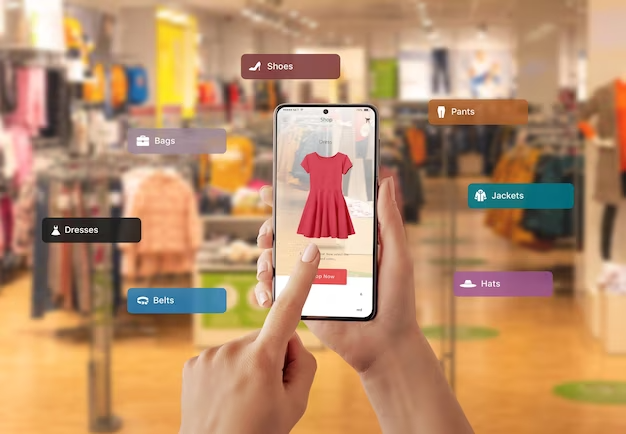
Introduction
Shoppable social posts have emerged as a game-changer in the intersection of e-commerce and social media. These interactive and visually appealing posts enable consumers to shop directly from their favorite social platforms, seamlessly bridging the gap between inspiration and purchase. In this article, we will explore the concept of shoppable social posts, their significance, and how they are reshaping the landscape of digital marketing and online shopping.
Understanding Shoppable Social Posts
Shoppable social posts are a form of social media content that allows users to click on products within an image or video and purchase them without leaving the platform. These posts typically include clickable tags or links that lead users to product pages, making the buying process convenient and efficient.
The Significance of Shoppable Social Posts
- Streamlined Shopping Experience: eliminate the need for users to navigate away from their favorite social media platforms to make a purchase, resulting in a more seamless shopping experience.
- Visual Appeal: These posts leverage the power of visual content, making it easier for users to discover and purchase products they find appealing.
- Increased Conversion Rates: been shown to have higher conversion rates compared to traditional e-commerce methods, as they reduce friction in the buying process.
- Enhanced Customer Engagement: encourage users to engage with content, explore products, and make purchase decisions within the social media environment.
- Data Insights: Brands can gather valuable data on user preferences and behaviors through shoppable posts, enabling them to refine their marketing strategies.
Strategies for Implementing Shoppable Social Posts
- Select the Right Social Platform: Choose social media platforms where your target audience is most active and likely to engage.
- High-Quality Visuals: Invest in high-quality imagery and videos that showcase your products in an attractive and appealing manner.
- Product Tagging: Use the platform’s native features or third-party tools to add clickable tags or links to products within your posts.
- User-Friendly Design: Ensure that the shopping experience is user-friendly, with clear calls to action and easy navigation.
- Content Integration: Integrate shoppable posts into your broader content strategy, incorporating them into your regular posting schedule.
- Data Analytics: Monitor the performance of shoppable posts by tracking metrics such as click-through rates, conversion rates, and sales.
- A/B Testing: Experiment with different visuals, product placements, and post formats to optimize for better results.
- Customer Support: Provide responsive customer support to address inquiries and issues related to shoppable posts.
Challenges and Considerations
While shoppable social posts offer numerous benefits, there are some challenges and considerations to keep in mind:
- Platform Limitations: Different social media platforms have varying levels of support for shoppable posts, so it’s important to choose the right platform for your brand.
- Content Quality: require visually appealing content, which may necessitate a significant investment in photography and design.
- Competition: As become more common, standing out and capturing users’ attention may become more challenging.
- Privacy and Data Security: Handling customer data and payment information securely is paramount to maintain trust.

Conclusion
Shoppable social posts represent a powerful convergence of social media and e-commerce, providing brands with a direct path to engage users and drive sales. As consumers increasingly turn to social media for inspiration and product discovery, shoppable posts offer a convenient and visually enticing way to meet their needs. By effectively implementing into their digital marketing strategies, brands can enhance customer engagement, boost conversion rates, and stay ahead in the rapidly evolving world of online shopping and social media marketing.
If you are looking to buy one click here, contact us here
Follow us on Instagram
